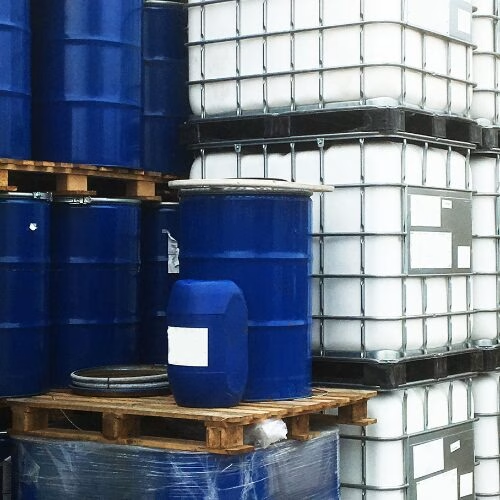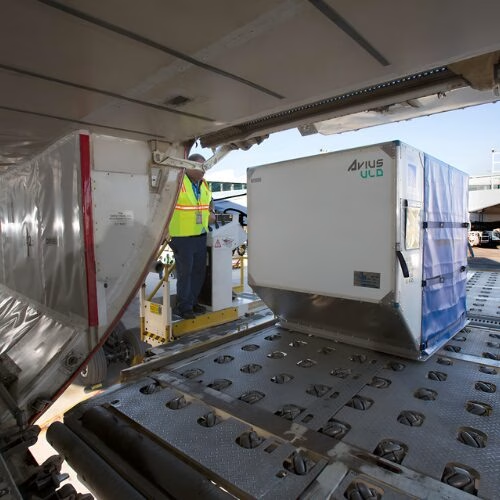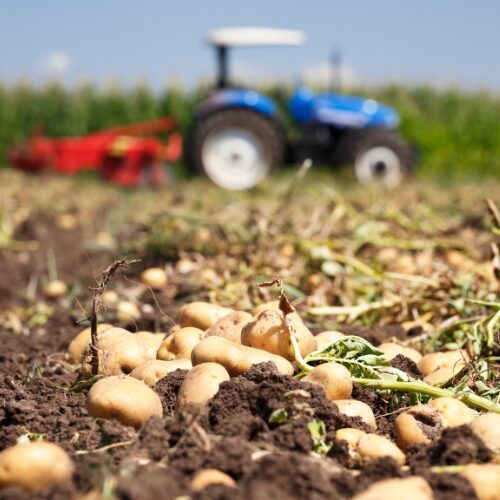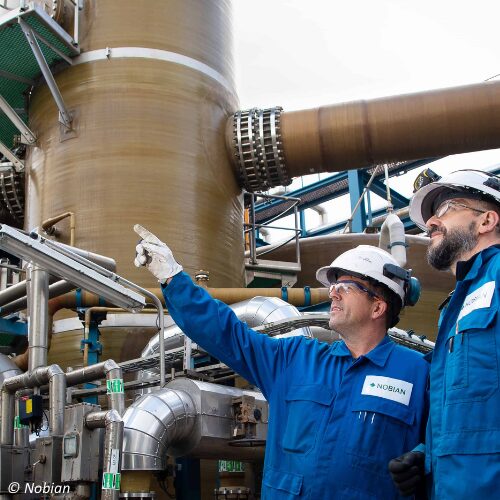Ecomatters has long supported clients with calculating the environmental performance of construction products. Most recently, Ecomatters was commissioned for the development of Environmental Product Declarations (EPDs) for wooden flooring. This involved supporting several manufacturers through the study process, from data collection, performing the Life Cycle Assessment (LCA), developing the EPDs, to publication.
EPDs are publicly registered, third-party verified documents that communicate the environmental impact of a product or service. At Ecomatters, we are often approached by manufacturers looking for support creating EPDs due to wanting a clear, effective, and verified way to share information on the environmental performance of their products with their partners and customers.
In this case study we will take you through the process of performing an LCA study and producing an EPD document.
How to develop an EPD
The key steps followed in developing the EPDs for the wooden flooring were:
- Data collection and validation
- LCA modelling, including biogenic carbon accounting
- EPD verification and publication
First, the wooden flooring manufacturers were guided through gathering the primary data required for the LCA model inputs. This included wood materials, adhesives, surface treatments, energy use, packaging, and transport. Then, a recognised LCA) tool was used to model the environmental impacts in accordance with EN 15804+A2, the core product category rules for construction products. By following these product category rules, consistency is ensured across all EPDs in the sector.
As wooden flooring is a biobased product, accounting for biogenic carbon is an important part of the LCA study. Biogenic carbon refers to carbon that is part of the short-term natural carbon cycle—absorbed from the atmosphere during biomass growth and released during decay or incineration. The standard EN16449 was applied to quantify the amount of atmospheric carbon dioxide based on the biogenic carbon content of wood. Find out more about completing an LCA for biobased materials here.
Once the LCA results were finalised, an accompanying methodological report was written and the EPD documents created. Both the report and EPD documents were then submitted for review by an approved verifier. Following the review process, and the final EPDs were published through a recognised EPD programme operator.
Growing demand for transparency on environmental performance
In response to increasing regulatory requirements and market expectations, the demand for transparent data on environmental performance in the construction industry continues to rise. At an EU level, the Construction Products Regulation (CPR) sets harmonised rules for placing and marketing construction products on the market. Under the upcoming revision of the CPR, products requiring CE marking will also need to provide verified information on environmental performance.
At Ecomatters, we have 15 years of experience working with life cycle thinking and are highly experienced at producing EPDs following the appropriate standards. Whether working with biobased products like wood, or other materials, we provide end-to-end support — from data collection and modelling to verification and publication. If you would like to learn more about our work developing EPDs or have questions about how we can help you reach your sustainability goals, contact us.











